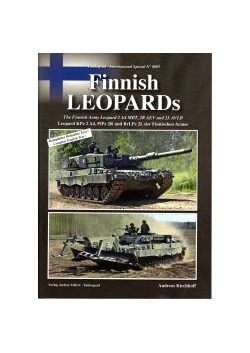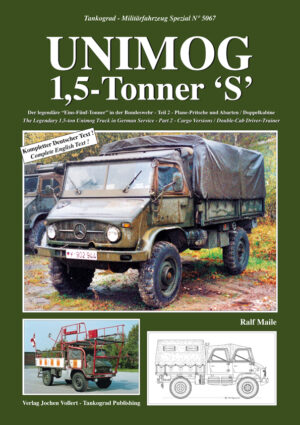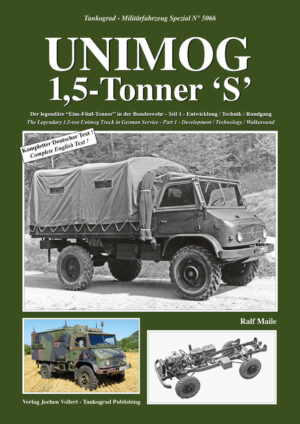Description
Examines the predecessors to the Wagner Group, its activities in a number of conflicts around the world, and its armed mutiny against the top leadership of the Russian Federation.
In the early 2010s the Wagner Group, a notorious private military company under the control of Yevgeny Prigozhin and Dmitry Utkin, began to emerge onto the world stage. This organisation first showed its hand in Crimea, eastern Ukraine and the civil war in Syria. It quickly became apparent that it had the blessing of the very highest levels of Putin’s government in Russia to act as an armed extension of the country’s foreign policy before a spectacular fall from grace following the mutiny in the summer of 2023.
The role of mercenary is as old as recorded human history and stretches back to the earliest days of civilisation. For those states unable to afford a standing army the mercenary offered professional services and could be viewed as a profession of honour. When the mercenary fell into disrepute in the post-colonial world of revolutions, coups and counter-coups, it was essentially banned by the Geneva Protocols in the late twentieth century. The trade of mercenary did not go away however, and instead morphed into that of the ‘private military company’ or PMC, a still thriving global trade in a world of clandestine operations, that may or may not be government sanctioned, offering ‘plausible deniability’ in a casualty-averse age of hybrid warfare.
Wagner Group – Private Military Company: Volume 1 – Establishment, Purpose, Profile and Historic Relevance 2013-2023 looks at the profession of arms as practiced by mercenaries throughout history and the emergence of the modern private military company in the late twentieth and early twenty-first centuries, along with the failed Slavonic Corps and Moran Security Group, often mistaken for early incarnations of Wagner. This work examines the emergence of the Wagner Group, its connection to the Russian government, security and intelligence services, and its operations in Syria, Libya, Sub-Saharan Africa and Venezuela as an extension of Russian foreign policy, often displacing Western interests, and as a private organisation primarily concerned with securing access to the world’s oil and mineral resources for its owners and sponsors. Volume 2 will examine the group’s role in Russian operations inside Ukraine from 2014 onwards.
This volume is illustrated with original colour photographs showing the Wagner group’s activities and its iconography, along with colour artworks highlighting the unusual equipment employed in many of the group’s activities.










